Provocative TV Shows Broadcasting Negativity
The Contagious Nature of Suicide
September 25, 2022
Disclaimer: Sensitive content regarding mental health is included in this article.
A young girl named Hannah Baker takes her life and leaves behind a set of thirteen tapes, revealing the reasons behind her death in the TV show “13 Reasons Why”. Although the intent behind the story was to promote mental health awareness, no one could have foreshadowed that the release of this Netflix special would be associated with a 28.9% increase in youth suicide rates.
This popular series premiered on Netflix for the first time in March of 2017. In the following months – April, June, and December – the show became notorious for the increased suicide rates for ten-to-seventeen-year-olds compared to past data. Even prior to the release, the exposure to the show’s premise through trailers resulted in higher rates of teens taking their lives compared to what had been forecasted, prompting Netflix to reveal a trigger warning at the start of every season.
This phenomenon can be attributed to the Werther Effect, more commonly known as “copycat suicide”: an occurrence when the reporting of such instances is associated with an increase in rates due to its contagious nature.
The term “copycat suicide” was derived from Goethe’s novel, “The Sorrows of Young Werther.” The protagonist of the novel, Werther, shoots himself when rejected by the woman he loves. After the publication of the book, an evident spike in copycat suicide among adolescents and young adults emulating Werther could be seen – the main reason behind the novel’s fame.
Needless to say, the media plays a big role in the issue of copycat suicide. But this doesn’t mean that there is no solution. Thankfully, the Werther Effect can be combated with the Papageno Effect. While mass media reporting of cases can lead to subsequent behaviors, the phenomenon shows that reporting on alternative ways to deal with suicidal thoughts decreases the suicide rate.
The term originated from Papageno from Mozart’s opera “The Magic Flute.” In the piece, Papageno contemplates suicide after losing his love, but three other characters show him different ways to help his emotional state and eventually prevent him from taking his life.
Shown with the Papageno Effect, it is crucial that mass media – news reporting, socials, movies, TV series, books, blogs, and theatre – responsibly report on suicide and present alternatives to those looking for help. Organizations like “Live Through This” collect stories told by attempted survivors and their positive messages of recovery, which can give motivation to people with suicidal thoughts.
But the real question is: why are teens being influenced so greatly by fictional TV series? They are surely old enough to know that shows like “13 Reasons Why” are over-dramatized for greater effect. Despite this obvious fact, young adults and tweens, more than any members of other age groups, continue to get heavily influenced by what they are exposed to through the media.
While teens are in the process of forming their unique identity, they are continuously bonding and empathizing with fictional characters that focus excessively on the negative aspects of life which can make them lose the motivation to live. These types of media tend to glorify the dark experiences of the characters to earn empathy from the audience (especially considering that most shows with such characters don’t depict their friends, family, and even acquaintances reaching out a helping hand). As such, the youth may wrongly assume that they will be unable to get help during times of trouble.
It is never the creators’ intention to cast such a detrimental influence on the lives of adolescence. However, the grave consequences that such media portrayals can have on reality have been proved multiple times through unfortunate causes and effects. All those working in the mainstream entertainment industry should be mindful of the consequences they could bring upon those exposed to the contents.









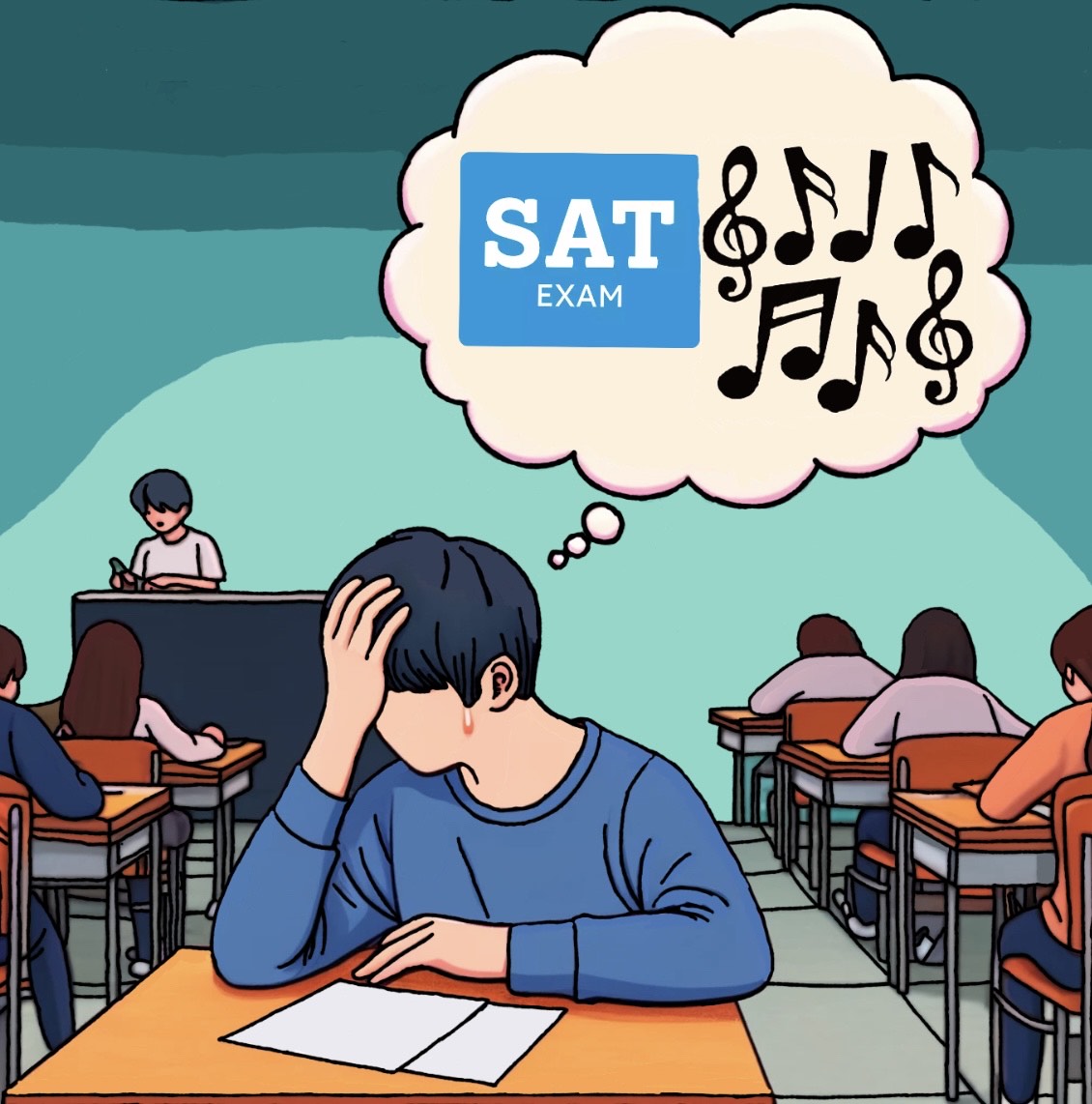
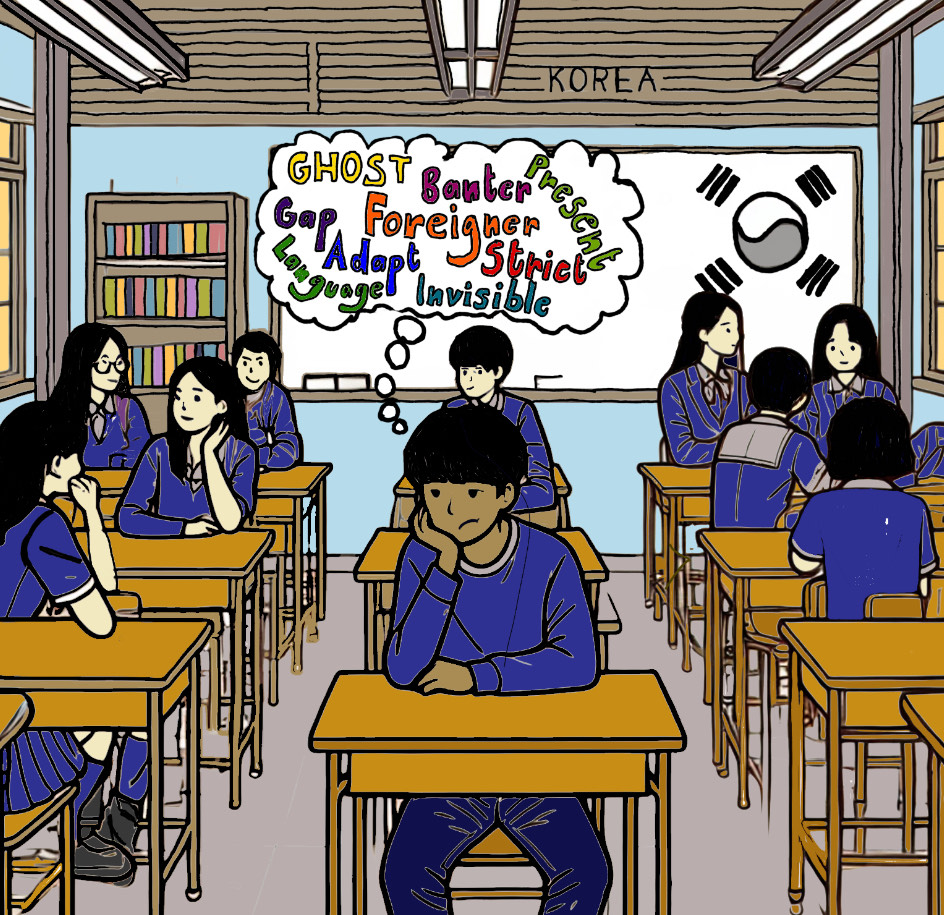










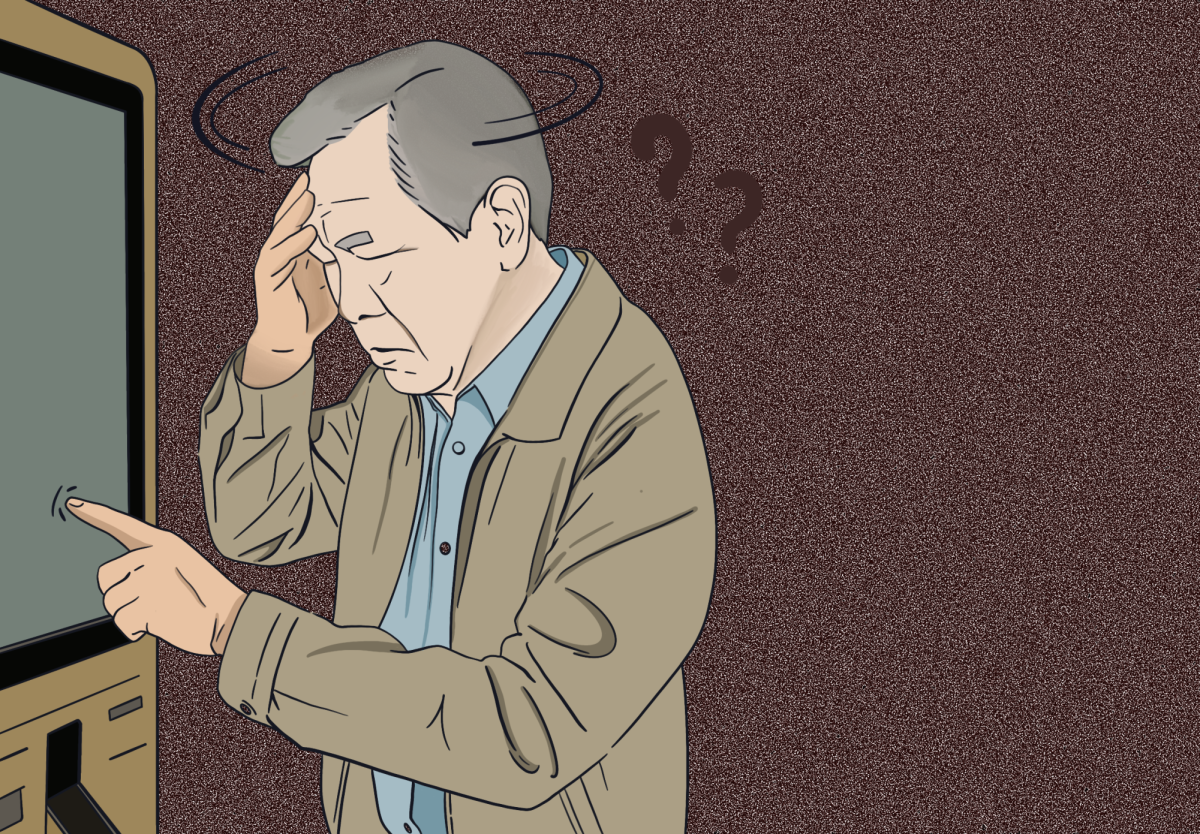

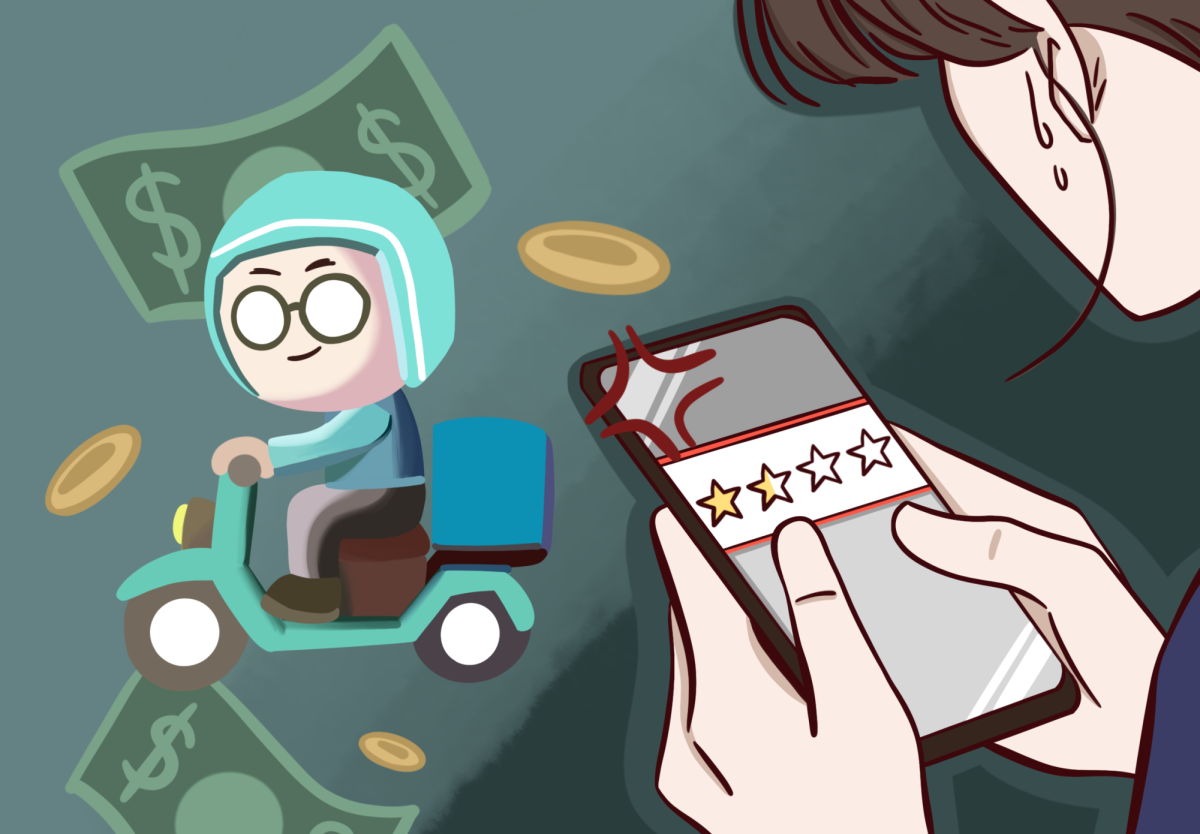















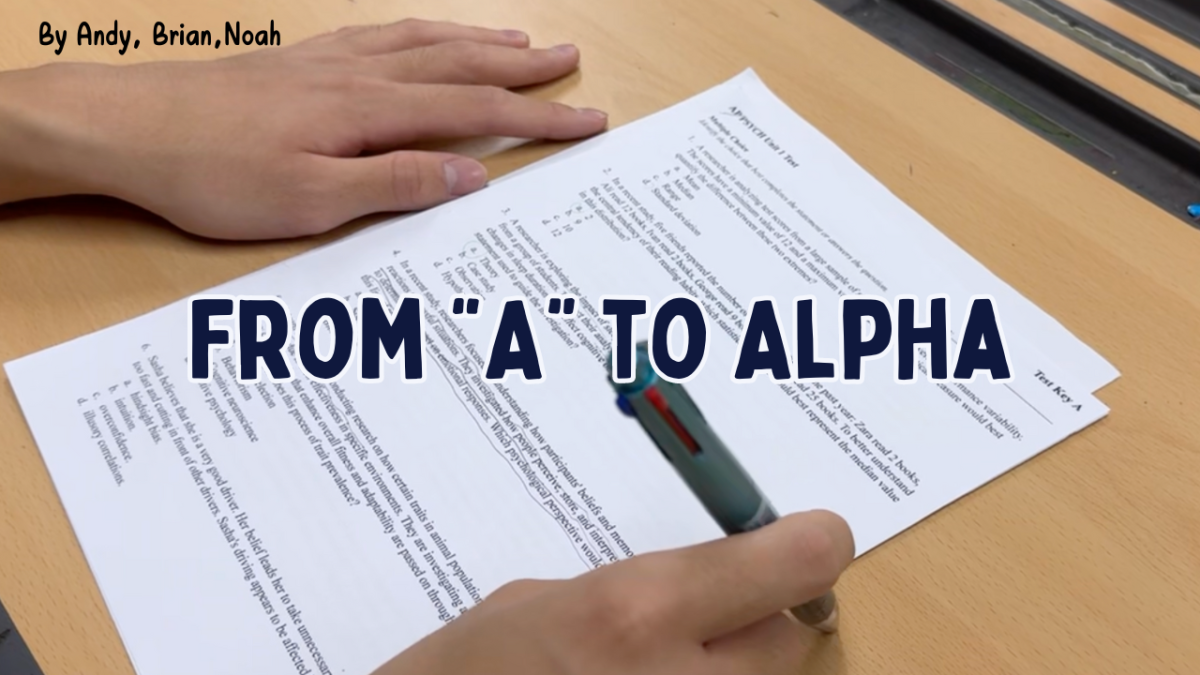
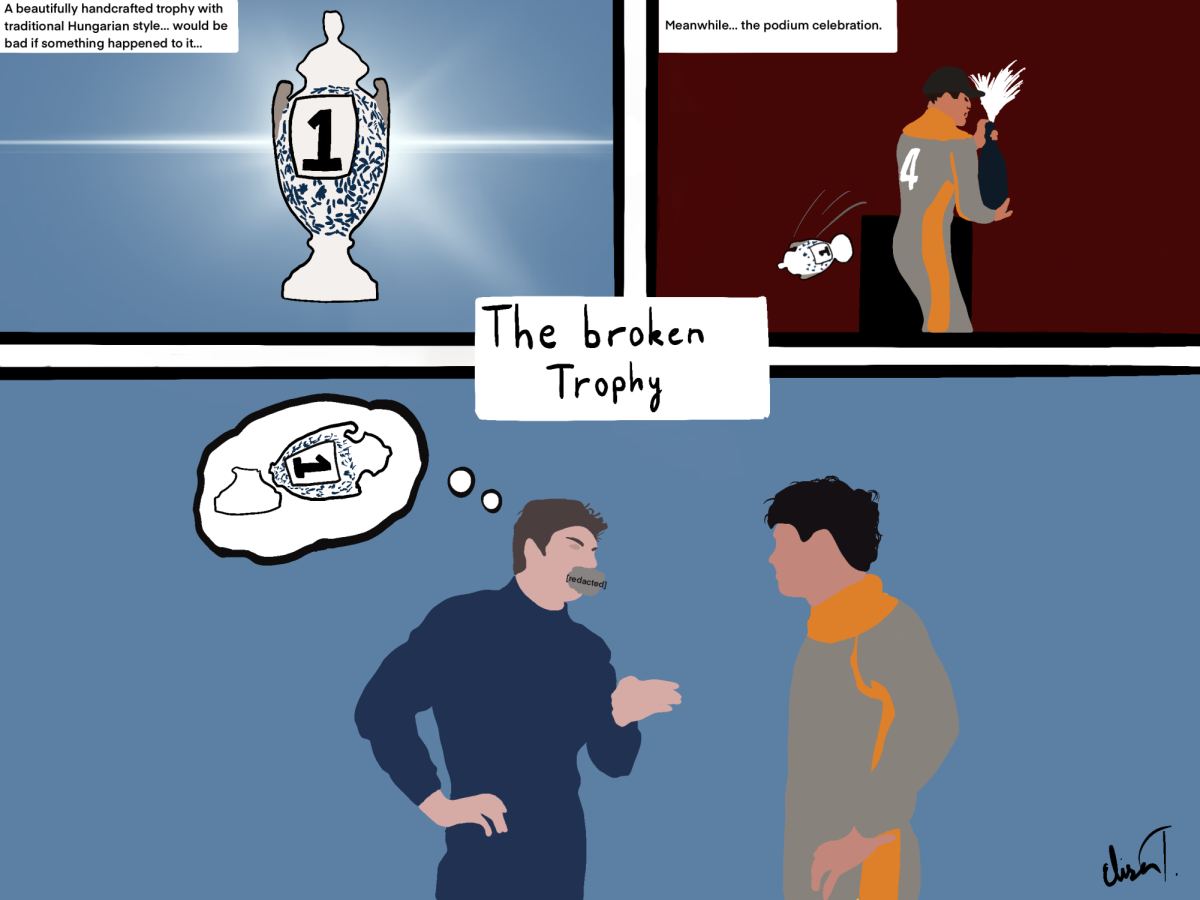

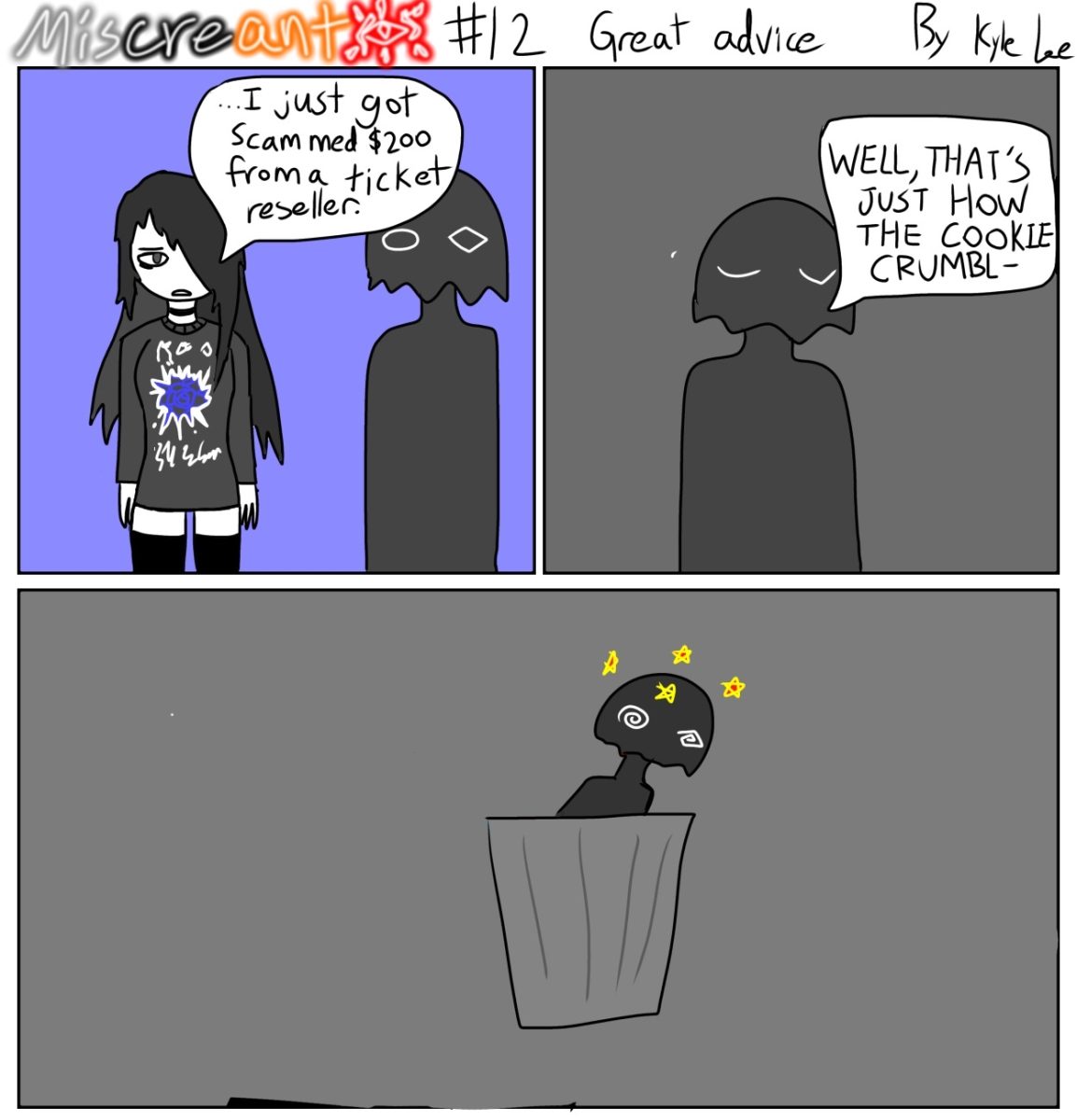
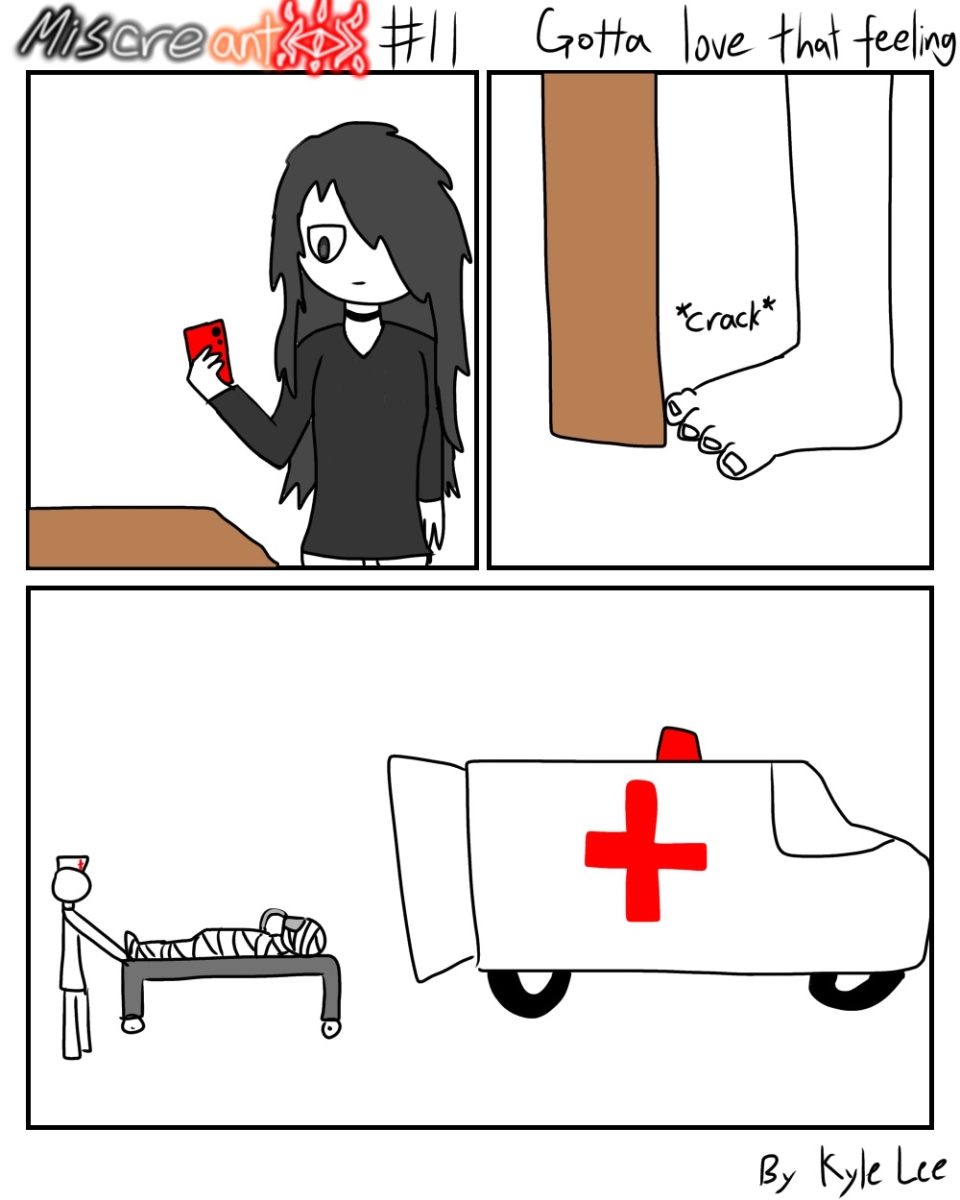


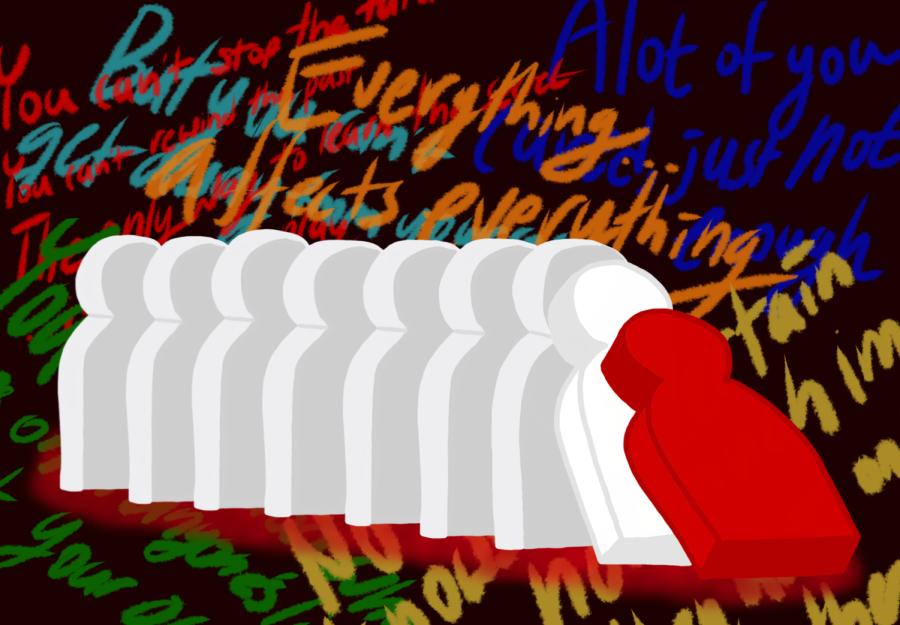




Scott • Oct 8, 2022 at 12:11 am
A very informative article, Grace. Thank you for contributing such an important topic to our DIS community. I look forward to reading more from you soon.
Ms McNevin • Sep 29, 2022 at 10:27 pm
This article is well written and a very important topic to address. It provides pertinent information about a Netflix series that has had long lasting negative affects on teen mental health. I believe this article gives a greater understanding about the psychological reasoning behind the increase rates of suicide in adolescents after seeing this series. It also addresses how the movie industry can take advantage of the tumultuous experiences of teenagers to benefit monetarily, as it does quite often. I really enjoyed how this article didn’t stop with only analyzing the Werther Effect, but then focused on the Papageno effect and the importance of highlighting protective factors that assist us when we are feeling depressed, isolated, and/or suicidal. As a follow up to this article, I would be very interested in reading an article about what protective factors can impact teenagers in positive ways if they are having suicidal thoughts or urges.
This comment comes from Ms McNevin, the social emotional counselor. I want EVERYONE to know that I am here for you. If you or a friend is going through feelings of depression, isolation, having thoughts about hurting yourself or ending your life, I am here to talk to you. You can email me at [email protected] or come to my office directly.
Olliba • Sep 29, 2022 at 7:35 pm
I know that Korea is one of the highest suicide rates but it’s crazy how Netflix influenced teens to suicide.